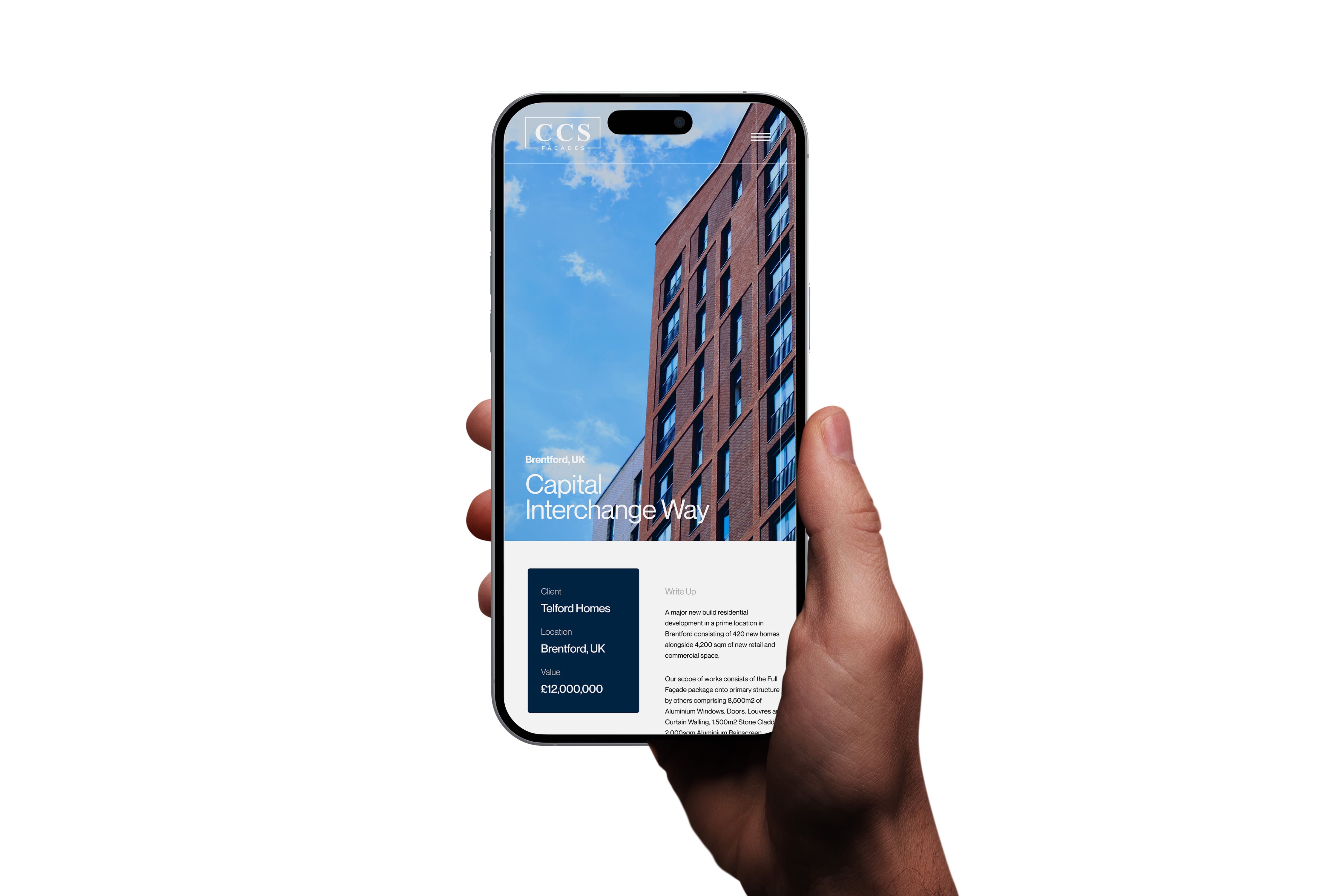“ Fantastic service - completely understand our business. Taken the burden of social completely off our hands as well as implementing a superb modern website for us. ”
High-Impact Digital Marketing for Real-World Industries
Where?
Operating across the UK and Gulf, we implement digital strategies that get results and drive growth.
We are Just Chill
A global team


of experts
working to
one clear
brief, we
build
innovative
digital

.webp)
.webp)
.webp)
presences
that align
with
real-world
reputations.


We work with industry leaders
.png)















The UK's leading agency for real world industries. And there's a good reason why...
40
+
Active Clients across construction, infrastructure and other industrial sectors
25
+
Million GBP average revenue of our partners
10
Week average website turnaround from kick-off to live deployment
90
%
Client retention from our foundation – long-term clients who scale with us year after year
250
+
Projects delivered across branding, websites, social media and digital strategy
2
Region focus across UK and the Gulf

.png)
Our latest work
Our latest work
Our latest work
Our latest work

Venus Engineering
Strengthening Structures. Restoring Stability
Rebrand
Brand Identity
Strategy
Hello worldHello world
.jpg)
Penguin Refrigerated
Your 24/7 Cold Chain Our Partner
Startegy
Campaign
Digital
Print

SEED Engineering
Engineering Global Impact
Rebrand
Brand Identity
Strategy

MSB Group
Structural Steel, Built to Last
Rebrand
Website Build
Digital Strategy
.png)
Shaw Construction
Masonry Excellence, Delivered Right
Brand
Digital
Strategy
.png)
What we do
Learn More













.webp)
.webp)
.webp)
.webp)




